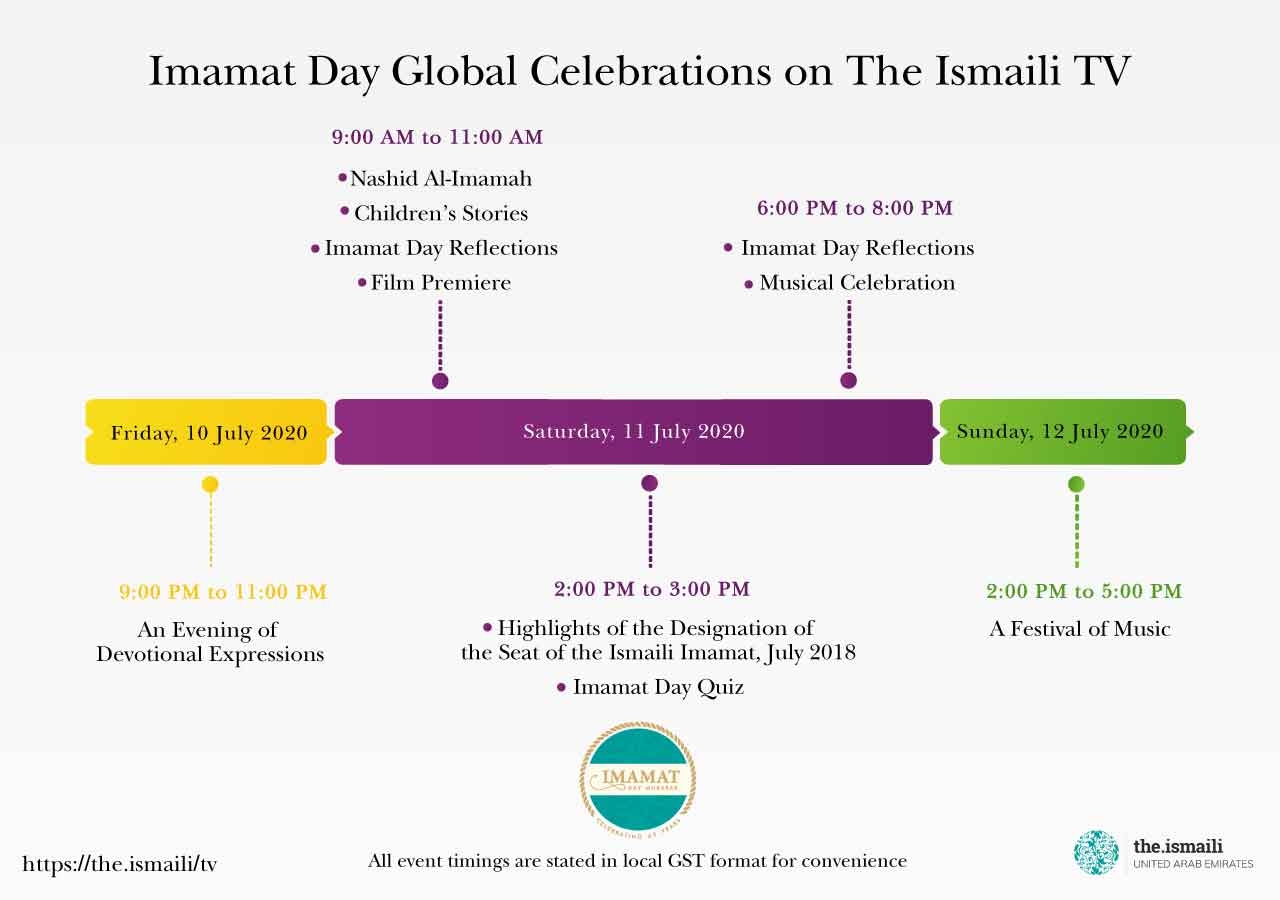In a large AKU study of the “economic benefits” of telemedicine in remote areas, Saleem Sayani, the lead investigator, says that “our study represents one of the few analyses from a patient’s perspective of the benefits of teleconsultations in remote areas of the developing world”.
Mr. Sayani, who is also the Director of AKU’s Technology Innovation Support Centre, goes on to conclude that “telemedicine has great potential to improve chronic disease outcomes in low-resource areas as it can contribute to increased uptake of services, thereby enabling early intervention and long-term management”.
The study, which sampled 25,000 teleconsultations over four years, showed that telemedicine services can help deliver healthcare services to patients living in remote areas of Afghanistan, Pakistan, Tajikistan and the Kyrgyz Republic in a timelier and more cost-effective manner.
The study compared the benefits – in terms of travel costs and travel time – of consultations conducted by phone, or telemedicine services, to in-person appointments in over 25,000 cases between 2013 and 2017 across the four countries.
A telehealth study by AKU researchers suggest that there were significant cost and time savings as a result of telehealth programmes, particularly for patients from remote villages who were obliged to pay for travel and accommodation.
Researchers found that the use of telehealth services delivered savings of US$ 9.17 million and 213.1 years (in terms of time saved) to patients. This indicates that telemedicine has a significant role to play in providing universal health coverage in remote areas that lack access to healthcare -- one of the targets under goal 3 of the Sustainable Development Goals.
Cost savings from teleconsultations included the expense of a round trip to the nearest health facility as well as the costs of obtaining accommodation and purchasing meals. Patient savings were the highest in Afghanistan as lengthy distances combined with law and order concerns meant that patients would have to travel by plane to nearby urban centers to access health services. While researchers noted that set-up costs for telemedicine technology and training technical staff are high, the long-term benefits continue to exceed the initial outlay.
The study, which was called “Addressing cost and time barriers in chronic disease management through telemedicine: an exploratory research in select low-and middle-income countries” was published in the Therapeutic Advances in Chronic Disease Journal.
Source: https://www.akdn.org/project/economic-benefits-telemedicine-remote-areas








